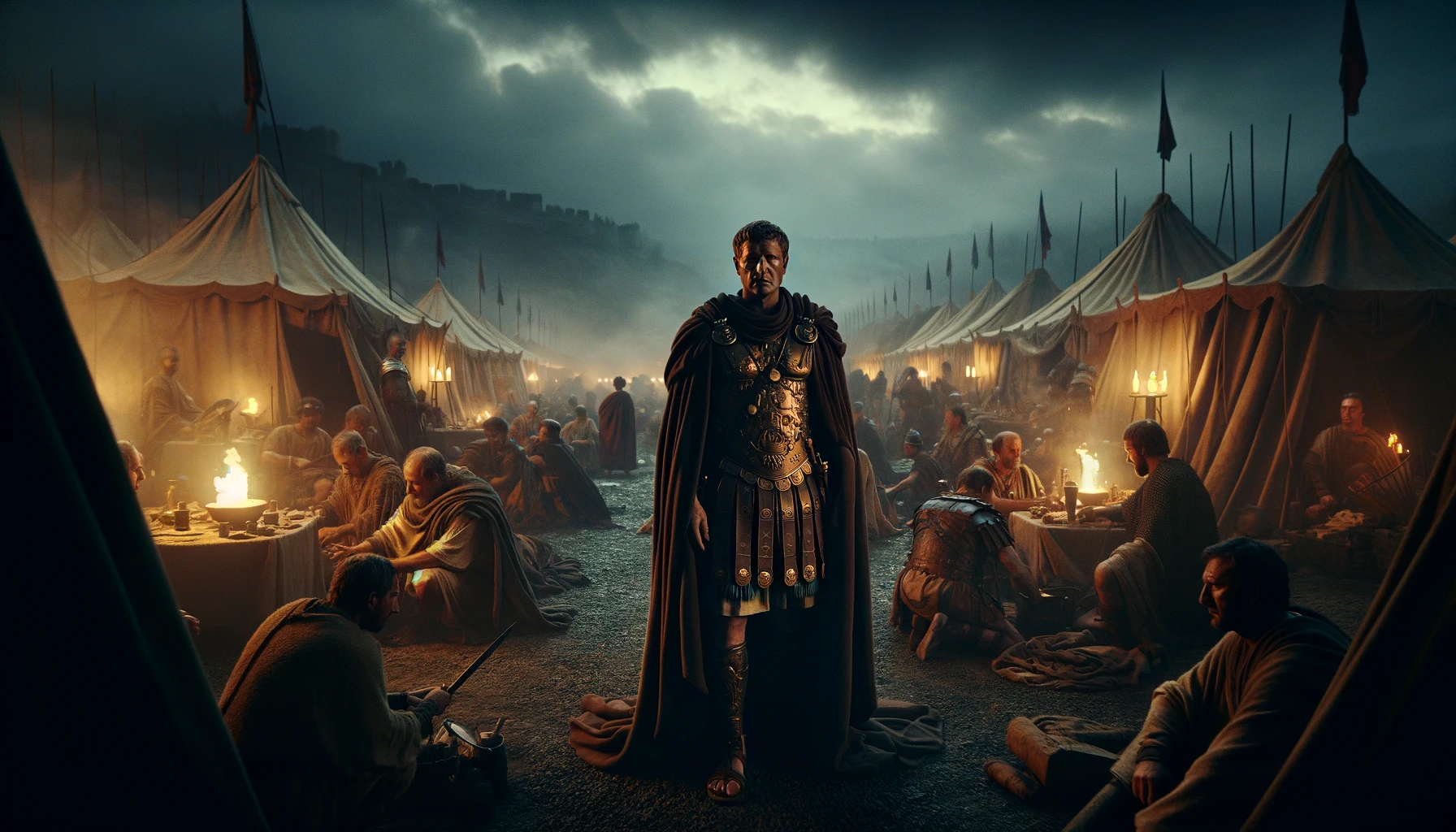Magnus Maximus, known in Welsh as Macsen Wledig and dying on August 28, 388, served as the Roman emperor in the West from 383 to 388 after usurping the throne from Emperor Gratian. Originating from Gallaecia, his early military career was notable for his service in Britain under Theodosius the Elder during the Great Conspiracy. By 373, he was hailed as emperor in Britannia and the following year extended his claim to Gaul, while Gratian’s brother, Valentinian II, maintained control over Italy, Pannonia, Hispania, and Africa. Maximus’s ambition drove him to invade Italy in 387, but he was defeated by Theodosius I at the Battle of Poetovio in 388. His death is considered by some historians as the end of direct imperial influence in Northern Gaul and Britannia.
Maximus was born in Gallaecia, Hispania, within the estates of Count Theodosius of the Theodosian dynasty, to whom he was related. His military career began as a junior officer in Britain in 368 during the Great Conspiracy, assisting Theodosius in combating barbarians and criminals in Britannia. Maximus earned distinction as a general in the subsequent years, gaining the support and admiration of his soldiers and the Romano-Britons he defended, which would later immortalize him in Welsh legend. Assigned to Britain in 380, he successfully repelled an invasion by the Picts and Scots in 381.
His ascent to power began in 383 when the Roman army, disgruntled with Emperor Gratian’s favoritism towards Alans in his bodyguard, proclaimed Maximus as emperor. Despite claims by Orosius that Maximus was reluctantly proclaimed emperor, Zosimus suggests he incited the troops to rebel. Maximus then led a campaign into Gaul, taking a significant portion of the British garrison with him, and after several days of conflict near Paris, he defeated and succeeded Gratian, who was killed at Lyon on August 25, 383. His ambitions led him into Italy, but negotiations in 384 with Valentinian II and Theodosius I recognized him as Augustus in the West.
As ruler, Maximus established his capital in Augusta Treverorum (Trier), governing over Britain, Gaul, Spain, and Africa, and possibly founding the office of the Comes Britanniarum. Known for his stern persecution of heretics, Maximus ordered the execution of Priscillian and six companions for heresy, despite the civil charges being for practicing magic. This act, although contested by prominent churchmen, reaffirmed his commitment to orthodoxy and bolstered his financial resources through confiscations.
In his final years, Maximus forced Valentinian II out of Milan in 387. However, a joint invasion by Valentinian and Theodosius I in 388 led to his defeat at the Battle of Poetovio. After retreating to Aquileia and being captured, Maximus was executed despite pleas for mercy, and a decree of Damnatio memoriae was passed against him by the Senate. Nonetheless, his mother and at least two daughters were spared. Later that year, Theodosius’s general Arbogast executed Maximus’s son, Victor, in Trier.
The post-downfall fate of Magnus Maximus’s family remains largely undocumented. While he had a wife known for seeking spiritual advice from St. Martin of Tours during their time in Trier, her name and ultimate destiny, along with those of Maximus’s mother and daughters, are not detailed in historical records, except for the fact that they were spared by Theodosius I.
There is speculation that one of Maximus’s daughters married Ennodius, proconsul of Africa in 395. This connection suggests a lineage that includes Petronius Maximus, a briefly reigning emperor of Rome who met a violent end in 455. This lineage potentially extends to Anicius Olybrius, who became emperor in 472, and includes several consuls and bishops, among them St. Magnus Felix Ennodius, Bishop of Pavia around 514-521. Furthermore, a ninth-century inscribed stone in Wales, the Pillar of Eliseg, mentions an otherwise unknown daughter of Magnus Maximus, named Sevira, claiming she married Vortigern, king of the Britons, suggesting a blend of historical and legendary narratives that intertwine Maximus’s family with significant figures of the time.
